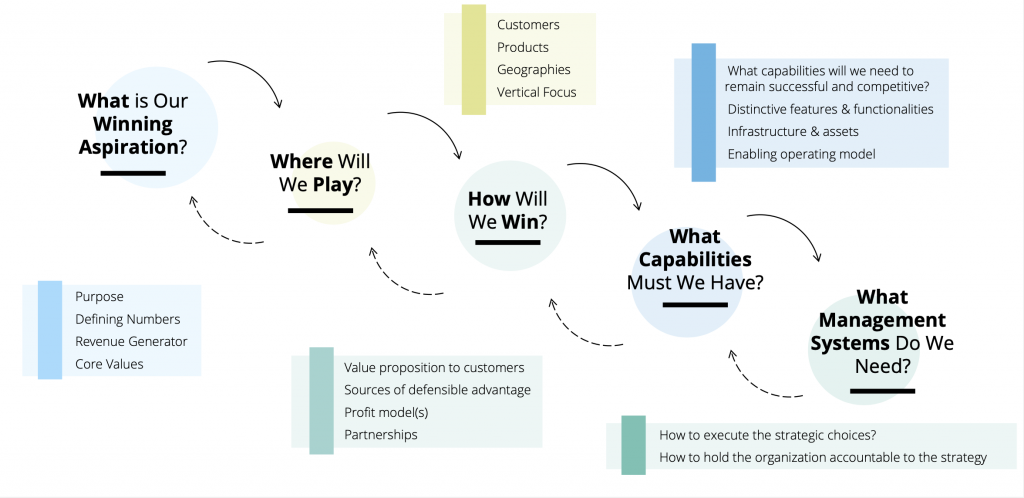The New Role of the Modern CMO: Market disruption with Game-Changing Strategies

In the dynamic world of B2B marketing, the role of a Chief Marketing Officer (CMO) has undergone a profound evolution. Traditionally, CMOs were tasked with responsibilities centered around branding and demand generation. However, in today’s fast-paced business landscape, the modern CMO is driven by a relentless question: How can we stand out in a sea of competitors? How can we disrupt the market? What’s the game-changing strategy that will set us apart?
The Tesla Touch: Drawing Inspiration from Unexpected Sources
Examining the transformed role of the CMO, consider Tesla’s journey, a brand that successfully reshaped its identity, defying conventional marketing practices from the outset. While Tesla initially employed minimal traditional marketing, this fact underscores the evolving landscape of the modern marketing leader.
Elon Musk, Tesla’s visionary, embarked on a mission to revolutionize the automotive sector and the entire tech industry. Instead of relying on traditional advertising and marketing campaigns, Tesla’s strategy centered on innovation, sustainability, and the power of word-of-mouth. This paradigm shift wasn’t just about altering the autonomous car landscape; it amounted to a fundamental redefinition of marketing itself.
Tesla’s triumph is a prime example of the changing role of modern marketing leaders in today’s digital age. These leaders are no longer confined to conventional marketing tactics; they must now possess visionary qualities to embrace unconventional strategies. In Tesla’s case, this translated to allowing groundbreaking products and pioneering technology to be the primary conveyors of their message. It is a testament to the need for CMOs to harness innovation and navigate their companies through uncharted territories.
Our Method: A Symphony of Choices

Companies can take inspiration from Tesla’s audacity to set out on a journey to redefine brand identity. Let’s call it the “Symphony of Choices,” a strategic framework that guides this transformation.
Firstly, it’s essential to establish a clear sense of purpose beyond profit. Why does your company exist? What values drive your mission? Defining your purpose sets the stage for everything that follows.
Next, identify the core values guiding your company’s actions and decisions. Core values serve as the compass that keeps your brand identity on course, no matter how turbulent the seas of business become.
Determine your target audience and product or service offerings. Who are your customers, and what do you offer them that’s unique and valuable? Understanding your target audience’s challenges and motivations is essential. Where do you intend to make your mark, and which specific industry segments will you dominate?
Now, let’s talk about the “how.” How will your company win in the marketplace? Craft a compelling value proposition that speaks to your customer’s pain points and desires, outlining how your product or service can provide solutions.”Identify the sources of your competitive advantage—what sets you apart from the competition? Consider your profit model(s) and strategic partnerships that can amplify your reach and impact.
Building on these strategic choices, assess the capabilities your company needs. What distinctive features, functionalities, and assets will drive your success? Ensure your infrastructure and operating model align with your strategic vision.
Lastly, develop robust management systems to execute your strategy effectively and hold your organization accountable. Establish a feedback loop that allows for continuous improvement and adaptation.
The Conclusion: A Paradigm Shift for CMOs
In conclusion, the modern CMO’s new role is pioneering game-changing strategies that go beyond traditional marketing. It’s about being a visionary leader who understands that marketing is not just about promotion but also about innovation, sustainability, and the ability to redefine the game’s rules. Tesla’s marketing journey, or its lack of traditional marketing, is a powerful example of how CMOs must adapt to the ever-evolving business landscape.
Today’s CMOs are not just marketers; they are architects of transformation. They must be prepared to break free from the confines of traditional marketing and embark on journeys that redefine their companies’ brand identities and market positions. It’s a new era for CMOs, filled with unprecedented challenges and opportunities, and they must be ready to lead their organizations into the future.




